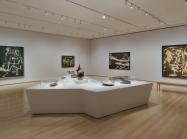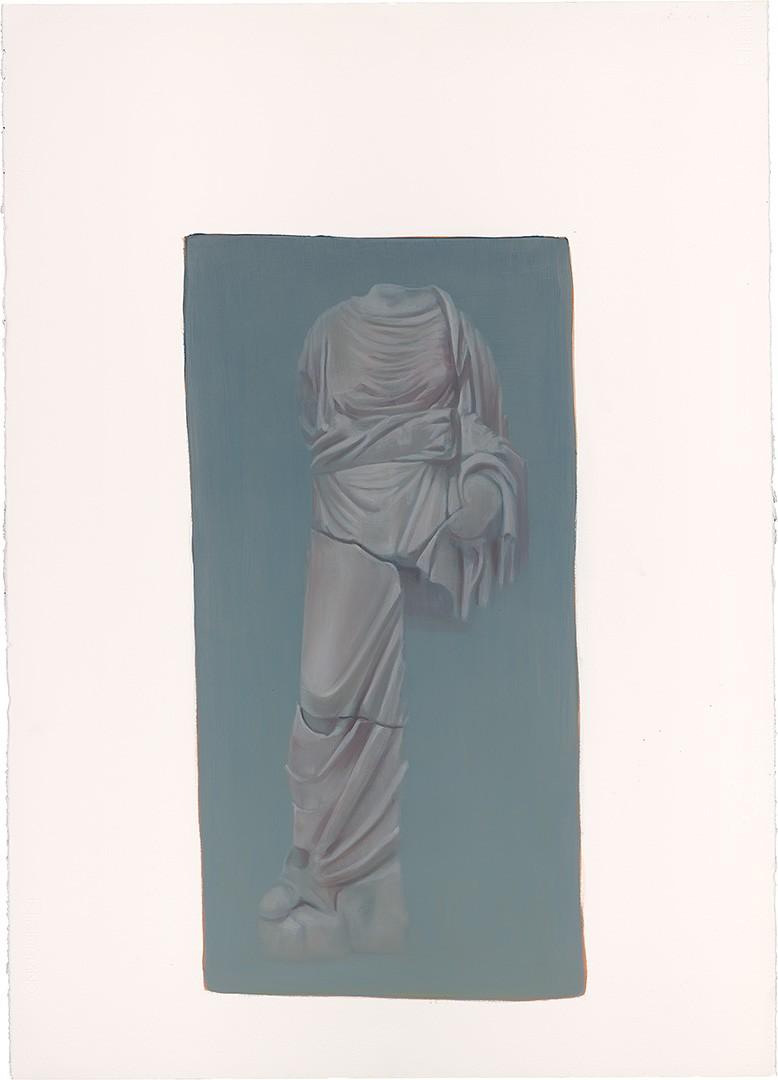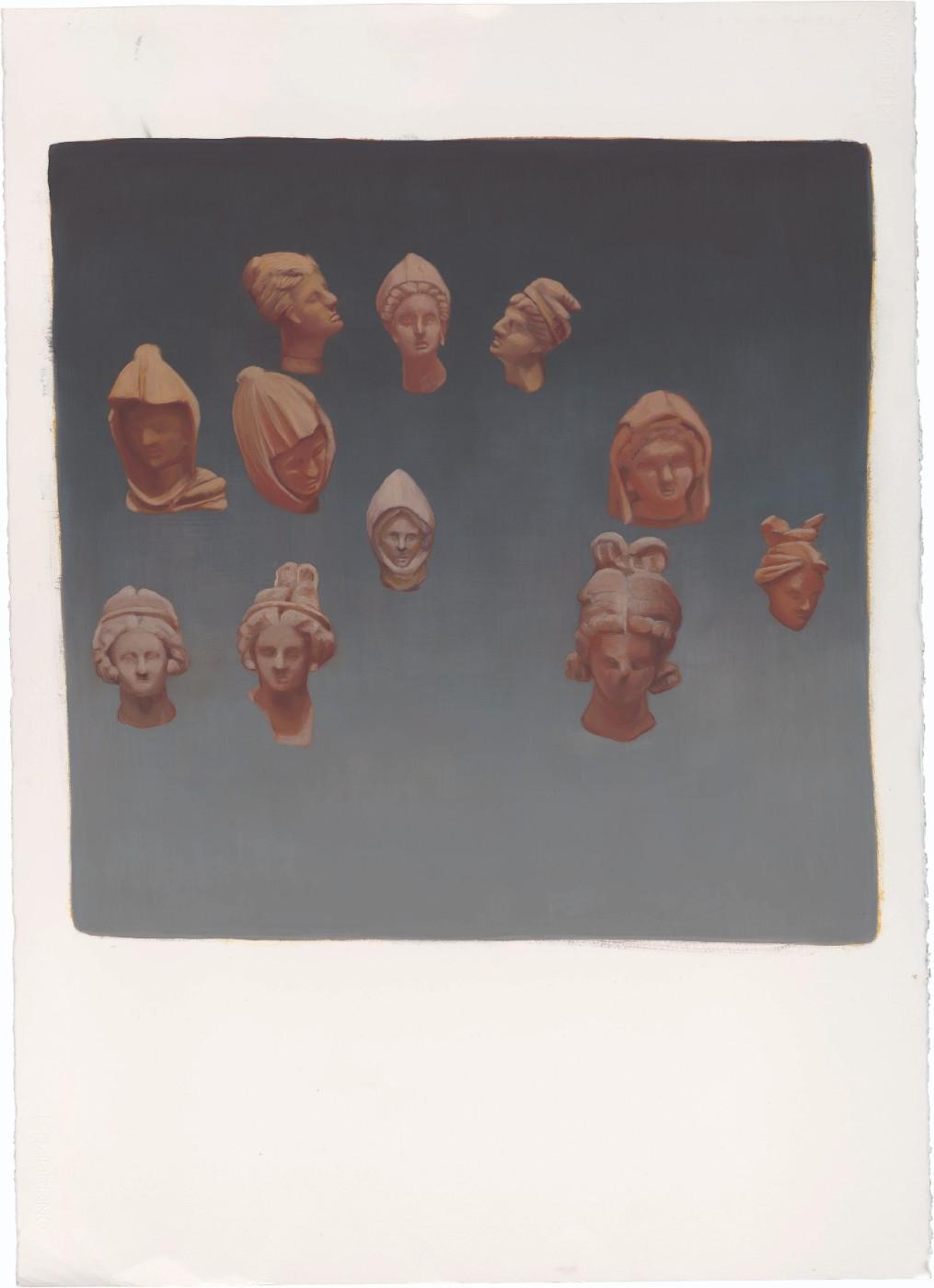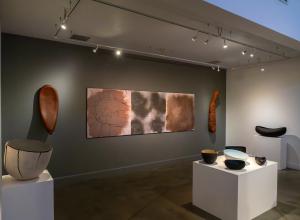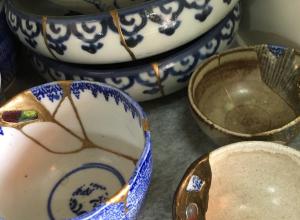The Helen Day is housed on the second floor of a graceful 19th century white clapboard building that the Art Center shares with the town library. A variety of large-scale sculptures usually dot the rolling green lawn extending from a wide veranda down towards the main street of town. This is the heart of Vermont’s ski country but also serves as a creative hub, with several blue-chip galleries within a stones throw of the art center. Due in part to the boundary-pushing exhibitions presented by these galleries and at the Helen Day, the audience for provocative art in this section of Vermont has grown. Judging by the attendees’ interest and curiosity in Zogrofos’ subtle and conceptually complex work, locals welcome an intellectual challenge.
I asked about his impressions of Vermont, warning that this place represented only a small slice of America. Zografos wore a sweet, half-smile and replied, “It was a surprise to me, for the quality of life, and the lack of criminality… It is an excellent place to live and have a family… Speaking in front of an audience always is a challenge. At Helen Day Art Centre the atmosphere is so cozy and warm so I am very willing to explain my work to a well-informed audience and answer the questions.”



